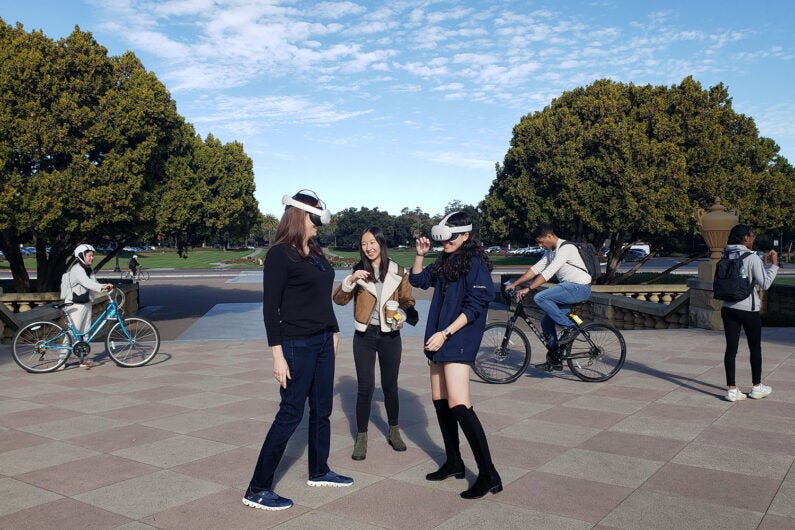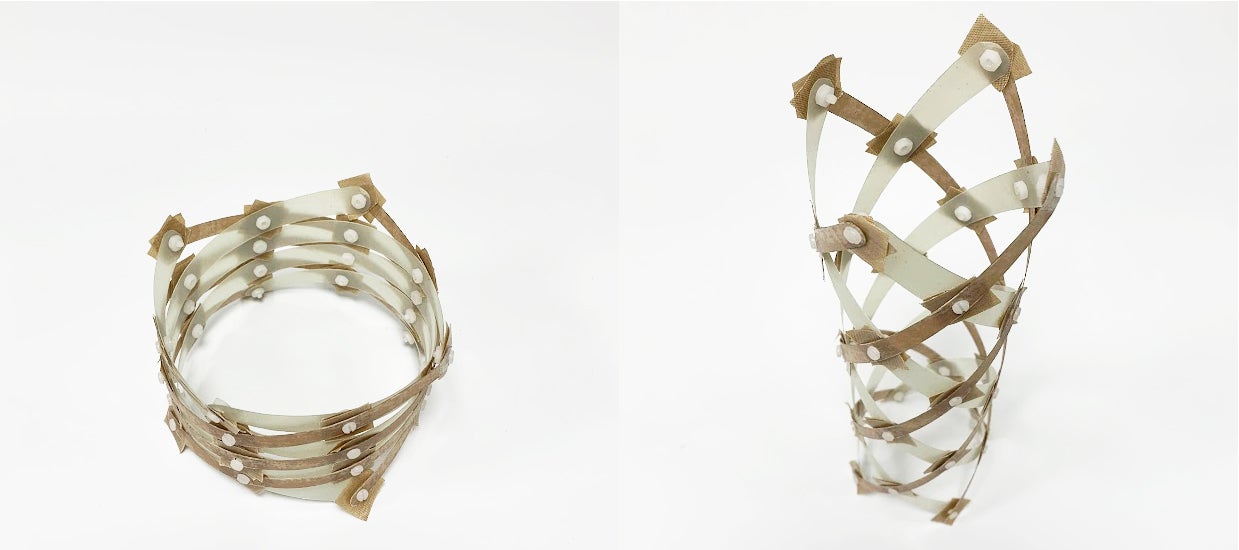Shop for Home
 Ferida Wolff's Backyard: Spring is Coming
Ferida Wolff's Backyard: Spring is Coming
Ferida Wolff writes: "The daffies have been spreading over the years. They seem to decide where to plant themselves and then surprise me when they bloom. It’s a pleasure to see the vibrant yellow greeting me when I look out the kitchen window and it feels like the flowers’ energy is present when I do qigong exercises outside on a nice pre-spring day. A daffodil is seen as a symbol of hope and healing. It feels like an awakening as it begins to bring our thoughts to Spring. It’s almost an invitation to set aside what the winter offered and to welcome what is yet to come." more »
 Encore: Kitchen Stigmata and There Are Many Ways to Identify a Good Cook by Julia Sneden
Encore: Kitchen Stigmata and There Are Many Ways to Identify a Good Cook by Julia Sneden
Julia Sneden Wrote: "Actually, this stigmata is not the sole property of a cook. Anyone who is willing to help in the kitchen can acquire one. It is a nonsexist, non-ageist badge of honor. A few weeks ago I observed my adult son, dressed in shorts and about to do his daily run. There it was, about a quarter of the way up his bony shin: a jim-dandy dishwasher ding. It was one of the proudest moments of my life as a mother." more »
 Stanford Researchers Urge Caution With New Mixed Reality Headsets; Visual Distortions, Feelings of Social Absence and Motion Sickness Can Undercut the Vibe
Stanford Researchers Urge Caution With New Mixed Reality Headsets; Visual Distortions, Feelings of Social Absence and Motion Sickness Can Undercut the Vibe
“Given how far headsets with passthrough video have come, it’s time to dedicate serious academic thought to the psychological and behavioral effects of this technology,” said Jeremy Bailenson, the Thomas More Storke Professor in the Stanford School of Humanities and Sciences and founding director of the Virtual Human Interaction Lab (VHIL). “We want to understand the implications of living in a life in which we rely on passthrough for hours every day to see the world around us.” more »
 Stanford News Service: A New, Portable Antenna Could Help Restore Communication After Disasters
Stanford News Service: A New, Portable Antenna Could Help Restore Communication After Disasters
Researchers at Stanford University and the American University of Beirut (AUB) have developed a portable antenna that could be quickly deployed in disaster-prone areas or used to set up communications in underdeveloped regions. The antenna packs down to a small size and can easily shift between two configurations to communicate either with satellites or devices on the ground without using additional power. At its most compact, the antenna is a hollow ring that stands just over 1 inch tall and about 5 inches across – not much larger than a bracelet – and weighs 1.4 ounces. In this shape, it’s able to reach satellites with a high-power signal sent in a particular direction. When stretched out to about a foot tall, the antenna sends a lower power signal in all directions, more like a Wi-Fi router. more »






